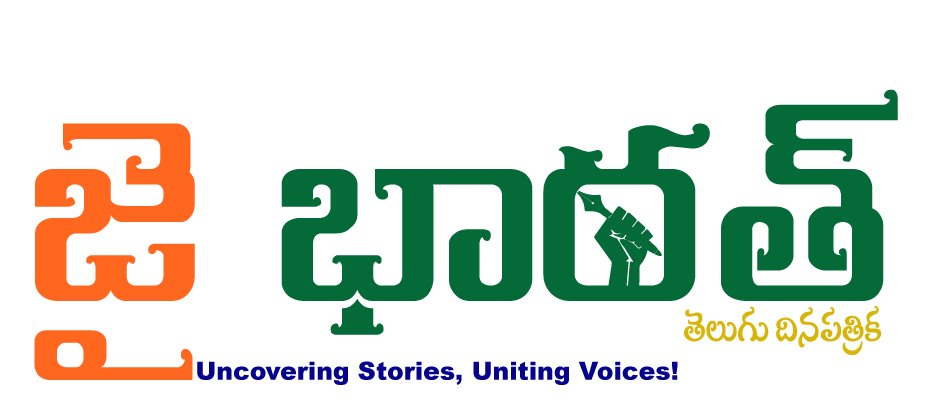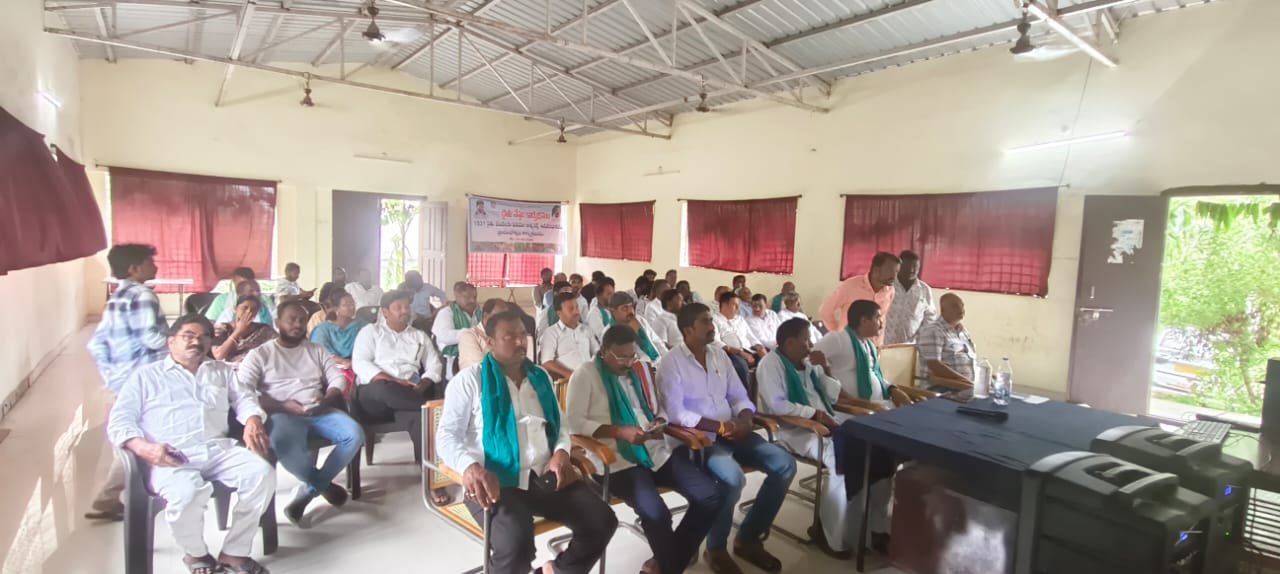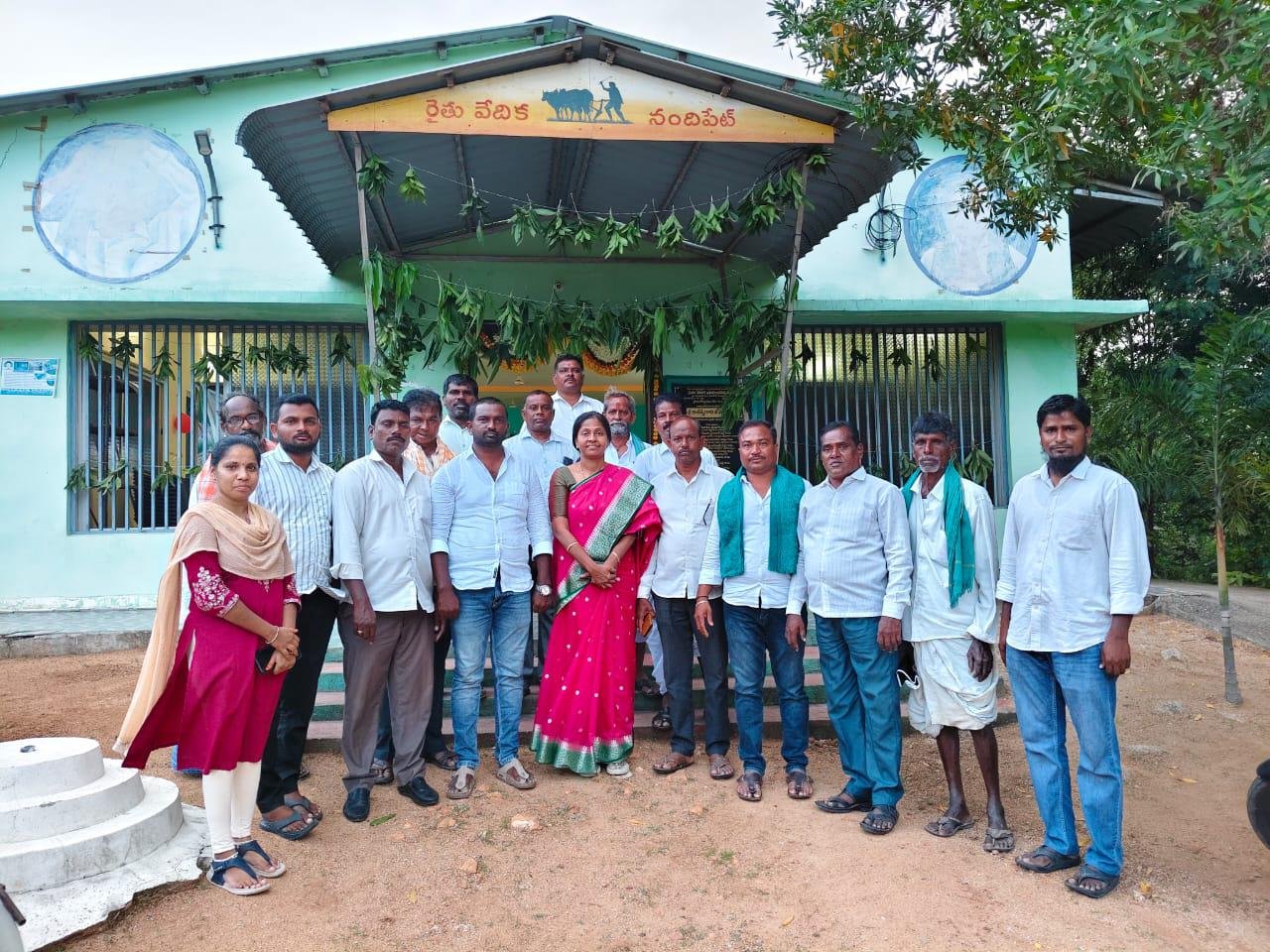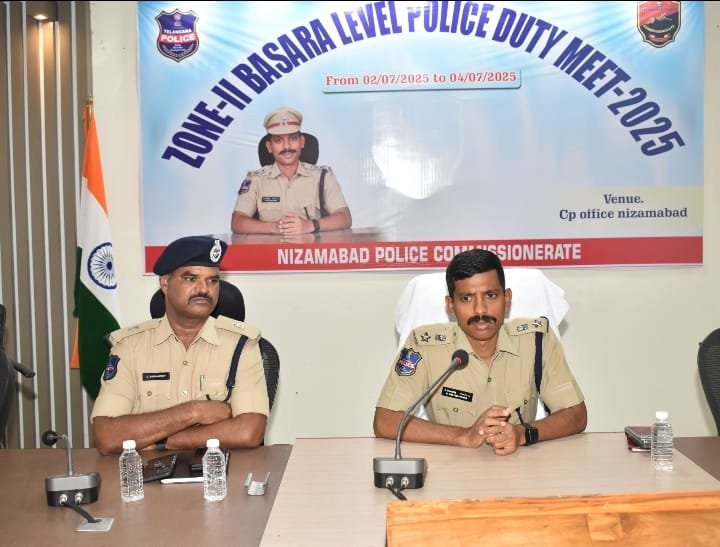The Art of Storytelling and Its Role in Society
Storytelling has been a fundamental aspect of human culture for millennia, serving as a vital means of communication and connection among diverse communities. Historical evidence suggests that storytelling emerged with early human societies, fundamentally shaping social interactions and cultural identity. Through the ages, narratives have transcended mere entertainment, acting as powerful tools for education, inspiration, and the preservation of cultural heritage. The art of storytelling encompasses various forms, including oral traditions, written works, and, more recently, digital media, each contributing uniquely to how experiences and emotions are conveyed.
Oral traditions, often characterized by the recounting of myths, folklore, and personal anecdotes, have allowed communities to pass down knowledge and values through generations. This method not only fosters a sense of belonging among listeners but also reinforces cultural identity by linking individuals to their ancestors. In contrast, written storytelling paved the way for a broader dissemination of narratives, allowing for the documentation of historical events and personal experiences in a tangible form. With the advent of digital media, storytelling has evolved further, enabling real-time sharing across global platforms, thus facilitating immediate connection and empathy among disparate communities.
Throughout history, storytelling has also played a crucial role in advocating for social justice and community solidarity. For instance, narratives from marginalized groups have emerged to highlight injustices, mobilizing support and fostering awareness around critical issues. Famous works that originate from such movements illustrate the power of a compelling narrative in driving societal change, be it through literature, film, or online platforms. The collective sharing of stories not only amplifies voices but also cultivates a deeper understanding of shared human experiences, fostering empathy and promoting unity in the quest for justice and equity in society.
Building Bridges Through Shared Experiences
The transformative power of shared narratives cannot be overstated, especially in a world characterized by diversity and complex social issues. When individuals share their stories, they open doors to empathy and understanding, fostering connections among people from varying backgrounds. These collective experiences serve as bridges that unite disparate voices, allowing for a richer dialogue surrounding significant social topics. By weaving together different narratives, we create a tapestry of human experience that underscores our collective humanity.
Numerous initiatives and platforms actively promote the sharing of personal stories, highlighting the role these narratives play in community building. One notable example is storytelling workshops that encourage participants to articulate their experiences in a safe and supportive environment. These workshops not only empower individuals to share their unique perspectives but also facilitate a deeper engagement with others. Participants often leave with a heightened sense of connection, having listened to and empathized with different viewpoints. This practice cultivates an atmosphere of trust, making it easier to address challenging issues collaboratively.
Moreover, social media platforms provide ample opportunities for individuals to share their stories publicly, amplifying voices that might otherwise go unheard. Campaigns that encourage storytelling around specific themes, such as mental health or social justice, can galvanize audiences and inspire action. Through such platforms, listeners are invited to engage with diverse perspectives, enhancing their understanding of complex issues and enriching our collective voice.
Ultimately, the act of listening plays a crucial role in this process. Engaging with a variety of narratives not only broadens our horizons but also reinforces the importance of inclusivity in discourse. By prioritizing shared experiences, we can build stronger, more cohesive communities, united in their diversity and shared understanding of the world around them.
